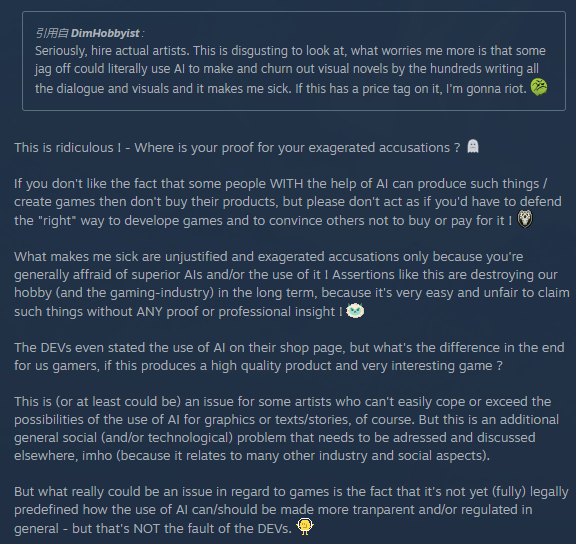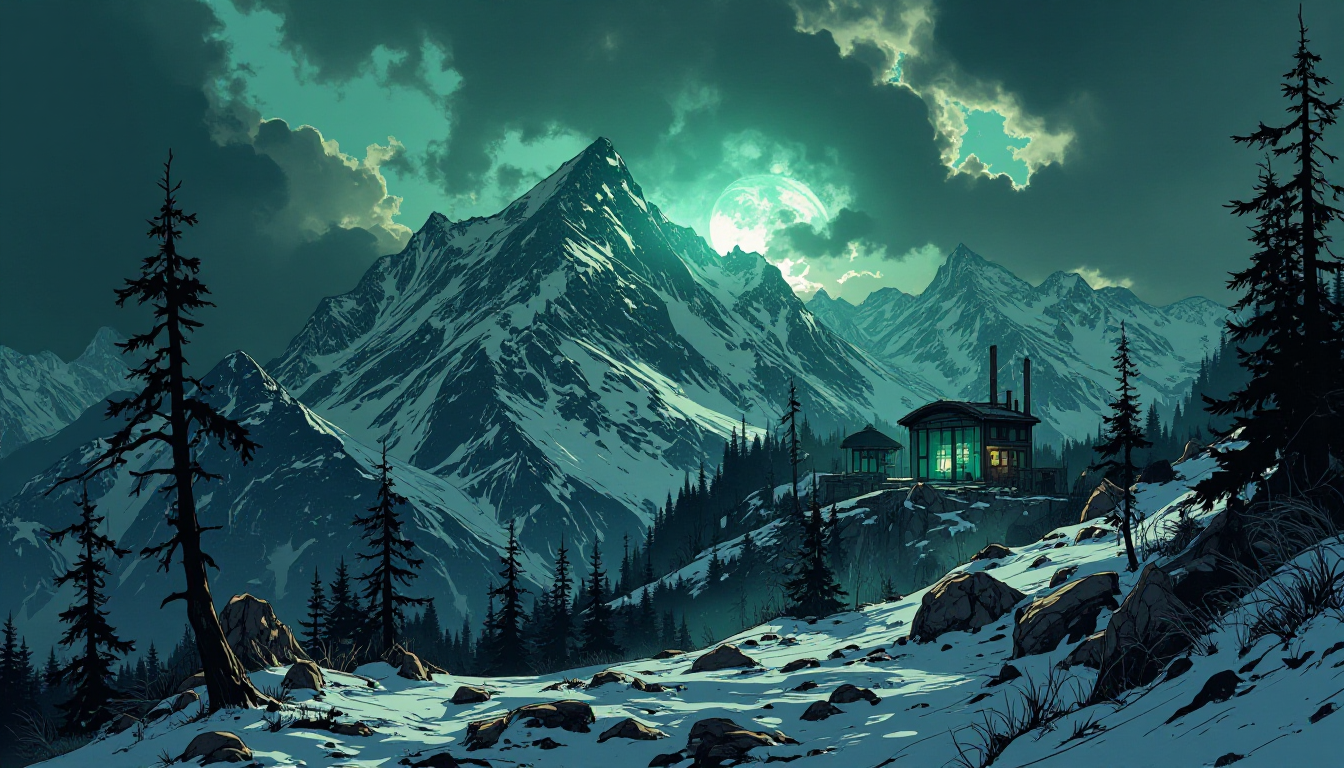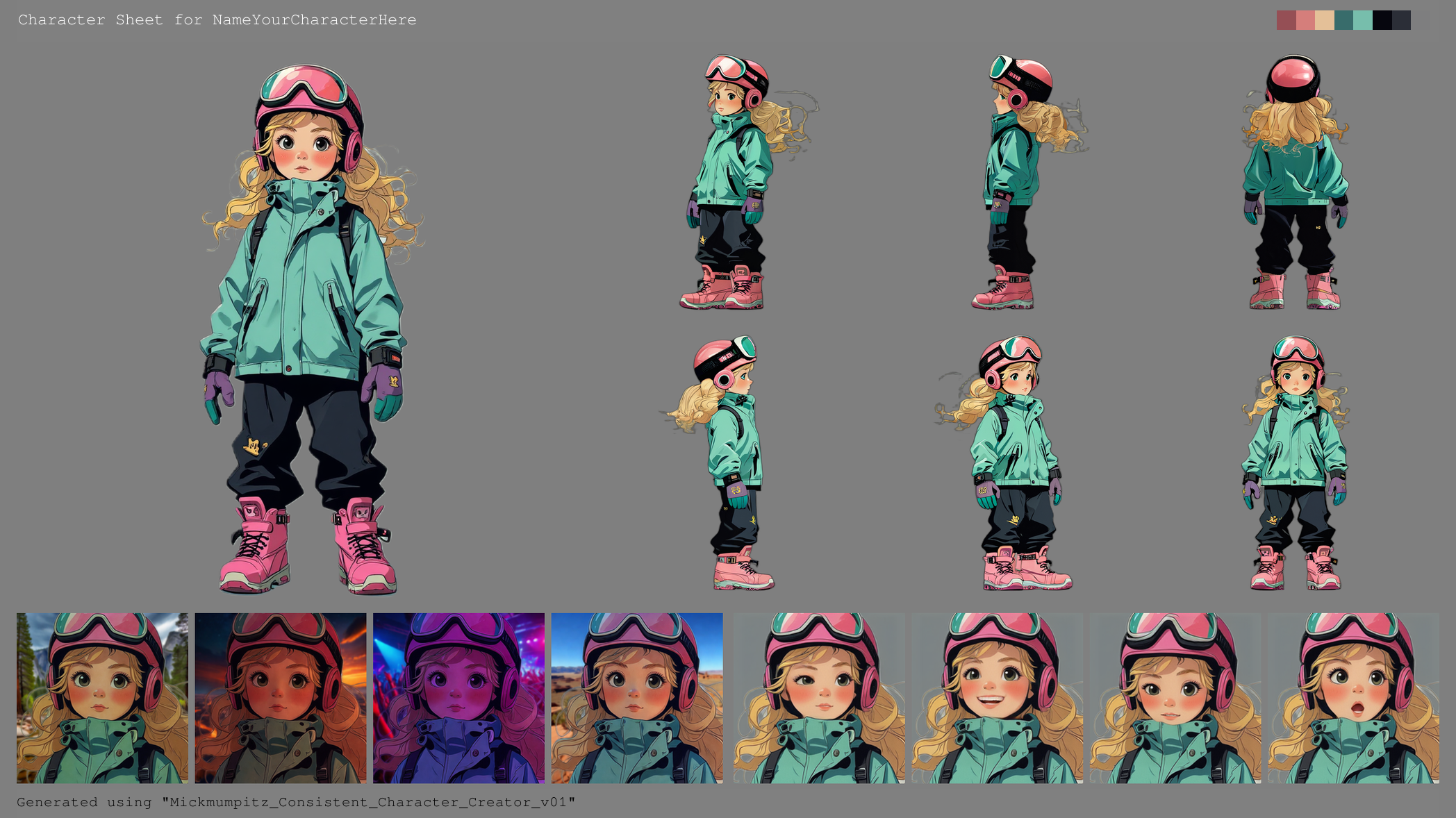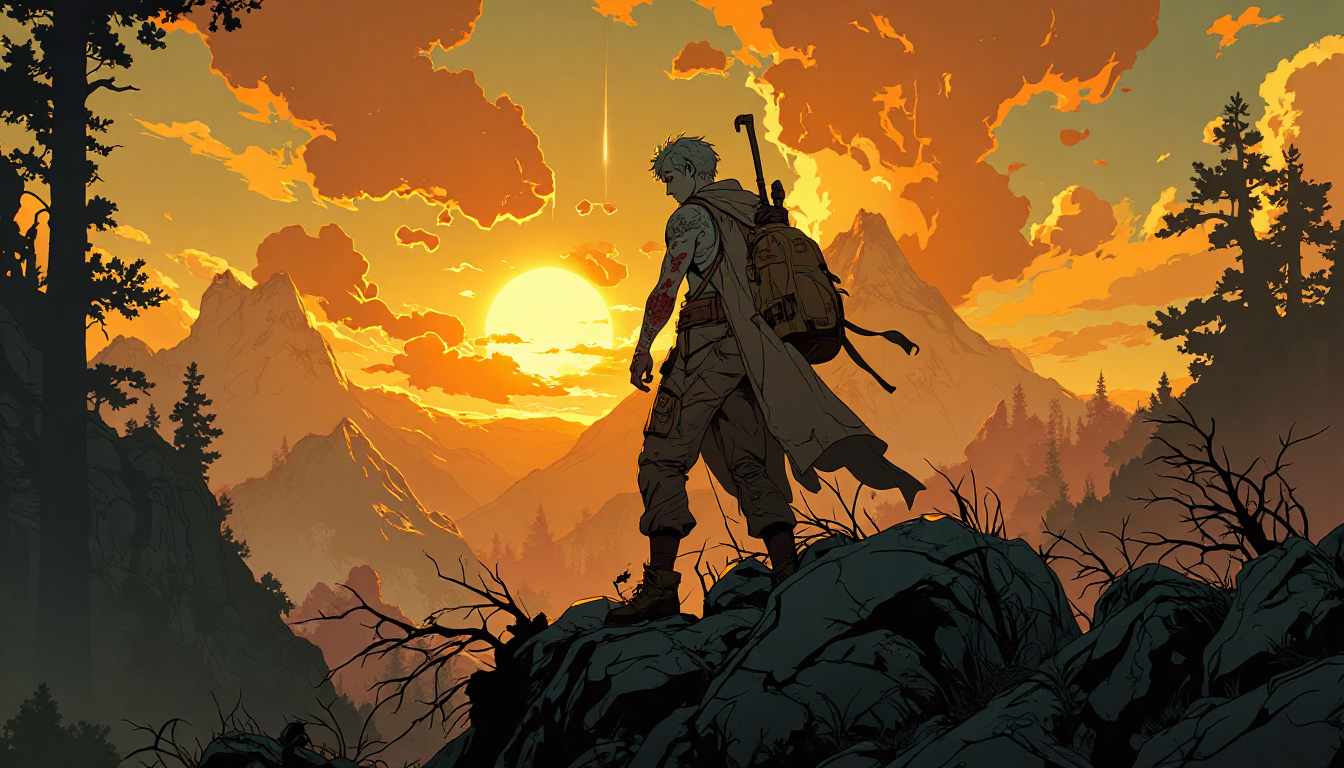Game Development Log: Can't AI Be Used for Game Development?
Recently, a visual novel game I developed has faced an unprecedented "love-hate" reception. Whether it was the release of CGs, gameplay videos, or the final demo, it was met with overwhelming resistance and criticism from domestic netizens. The comment sections were flooded with negative terms like "AI reskin," "digital junk," and "lack of sincerity," as if the mere involvement of AI in game development is a cardinal sin.

In contrast, international netizens' reviews were relatively more objective, focusing more on the game's storytelling, interactive design, and overall playability, offering constructive suggestions for improvement.

As a developer, I am left with a profound question: Can AI really not be used to make games?
First, I'd like to objectively describe the stages and extent of AI's involvement in my development process, hoping to clear up some misunderstandings:
1. Scriptwriting: The core creative ideas and main outline for the script were entirely my own. Only after completing the outline did I use AI tools for initial expansion to get a rough draft. However, this draft was far from the final version; I had to meticulously correct, refine, and add numerous details. Since visual novels emphasize multiple interactions and branching storylines, all interactive designs and side-story logic were meticulously crafted by me. AI cannot comprehend these complex logical relationships and the deeper implications of player choices.
2. Artwork: I don't have the financial resources to subscribe to expensive, paid AI art services. Instead, I opted for a local deployment of ComfyUI and personally built a complex workflow.
Backgrounds:Basic background images were primarily generated using the Flux model for text-to-image generation. This indeed saved me a significant amount of time and provided initial visual concepts.

Character Art: This was the most complex part. To maintain consistency in character appearance across different scenes, I first generated an initial character image that I was satisfied with, using text-to-image generation combined with workflow acceleration nodes and LoRA style control. Once this image was obtained, I constructed a more elaborate workflow to generate multi-angle character turnarounds, various expressions, environmental lighting effects, and different action poses. Subsequently, I spent an entire night locally training a custom character LoRA model using FluxGym. Ultimately, all character visuals were drawn piece by piece, image by image, based on this refined LoRA model, in accordance with the narrative requirements. This is far from a simple "one-click generation."

3. Voice Acting:For voice acting, I used the IndexTTS model for speech generation. Given that emotional variation in dialogue is crucial for visual novels, I needed to sample voice samples with the same timbre but different emotions (e.g., happy, sad, angry, curious). Then, I generated the corresponding voice lines phrase by phrase, adjusting the emotion and intonation according to the script. This process required constant listening and adjustment to ensure the voice acting matched the character's feelings.
4. Sound Effects and Music: This part primarily utilized Kuaishou's (Jianying's) asset library. I had to select and extract appropriate sound effects and background music from the vast library, aligning them with the narrative atmosphere and visual rhythm. This, too, was a process of selection and integration that demanded artistic judgment.
5. Programming: The core programming of the game was entirely done by me using Unreal Engine. I primarily leveraged Unreal Engine's powerful Blueprint node tools, and there was no AI assistance whatsoever in the entire programming process. Every logical decision, every interactive event, and every UI element was meticulously built by my own hands.
6. CG Animations and Promotional Videos: The dynamic visuals for CGs were indeed generated using the Wan2.1 model, but they required 4K correction after generation to ensure image quality. The final editing, integration of sound effects and music, and the ultimate video output were all manually edited using Kuaishou's (Jianying's) tools. This demanded my precise control over video pacing, scene transitions, and musical atmosphere.

Looking back at the entire development process, although AI tools were significantly involved, no one could honestly claim it was as simple as "saying a few words and clicking a button." AI acted more like my assistant, handling some repetitive or technically demanding tasks. However, the core creativity, aesthetic judgment, logical design, emotional expression, and the final integration and correction were all reliant on human intellect and diligent work.
So, the question returns: Does everyone genuinely believe AI cannot be used for game development? Or rather, do games that utilize AI inherently lack value?
Get Dracula: End of Days
Dracula: End of Days
| Status | In development |
| Author | Henry Tarnaki |
| Genre | Visual Novel |
| Tags | Vampire, Zombies |
More posts
- Dracula:End of Days Beginner-friendly detailed walkthrough Hidden Ending 5Sep 04, 2025
- Dracula:End of Days Beginner-friendly detailed walkthrough Hidden Ending 4Sep 03, 2025
- Dracula:End of Days Beginner-friendly detailed walkthrough Hidden Ending 3Sep 02, 2025
- Dracula:End of Days Beginner-friendly detailed walkthrough Hidden Ending 2Sep 01, 2025
- Dracula:End of Days Beginner-friendly detailed walkthrough Hidden Ending 1Aug 31, 2025
- Dracula:End of Days Beginner-friendly detailed walkthrough Chapter 9Aug 29, 2025
- Dracula:End of Days Beginner-friendly detailed walkthrough Chapter 7Aug 27, 2025
- Dracula:End of Days Beginner-friendly detailed walkthrough Chapter 6Aug 25, 2025
- Dracula:End of Days Beginner-friendly detailed walkthrough Chapter 5Aug 24, 2025
- Dracula:End of Days Beginner-friendly detailed walkthrough Chapter 4Aug 23, 2025

Leave a comment
Log in with itch.io to leave a comment.